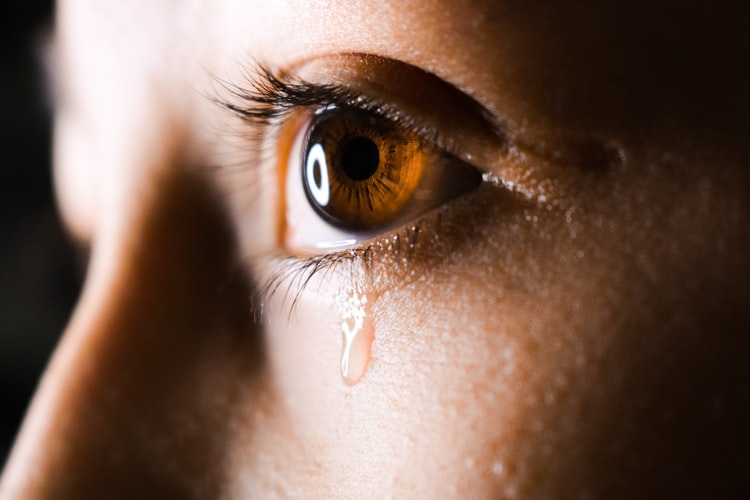Health
Study highlights need for broader definition of sexual assault in medical setting

Muldoon said the bulk of sexual assault data to date has been analyzed through the lens of crime, citing police reports as well as global and national statistical surveys. (File Photo: Aliyah Jamous/Unsplash)
Researchers in Ontario say sexual assault needs to be more broadly defined in medical settings to accurately capture the scope of the problem.
A study published Thursday in the American Journal of Public Health examined sexual assaults documented in Ontario hospitals and doctors’ offices between 2002 and 2016.
Researchers with ICES — formerly known as the Institute for Clinical Evaluative Sciences — examined five databases of provincial medical information and looked at a wide variety of diagnostic and billing codes.
They found there were 52,780 cases of sexual assault requiring medical treatment during that time, an average of roughly 3,500 each year.
Study lead author Katherine Muldoon says that figure would have been much lower if her team had not expanded the criteria used to define sexual assault in a medical setting.
She also says the number of sexual assaults requiring a hospital or doctor visit still represent only a small fraction of the total number committed every year, noting most victims do not seek treatment.
“We have to … think more broadly about how we define sexual assault,” Muldoon, a senior research associate at the Ottawa Hospital Research Institute, said in a telephone interview.
“There’s all these ways that sexual assault cases can get missed, and that’s why keeping a broader perspective and thinking about this issue more broadly is critical.”
Muldoon said the bulk of sexual assault data to date has been analyzed through the lens of crime, citing police reports as well as global and national statistical surveys.
She said the medical data in her study suggests the average amounts to 27 out of 100,000, but she said that would have been much lower if the research team had stuck to the typically used criteria employed to define sexual assault in a medical setting.
Muldoon said medical practitioners around the world often rely on the same diagnostic code, categorized as “sexual assault by bodily force,” to indicate an assault took place. But she said the latest research illustrated the shortcomings of that approach.
“When I used that code, I only found around 25 per cent of all the cases,” she said. “Just using that single code was missing about 40,000 cases.”
Muldoon said she and her fellow researchers broadened their criteria by including other codes that reflected examinations following alleged assaults, as well as genital injuries or rates of sexually transmitted infection in children.
Including those other categories, she contended, provided a much more comprehensive picture of sexual assault rates in the province.
Many of their findings replicated patterns uncovered in other studies — that sexual assault occurs at all ages and disproportionately affects women and girls.
The researchers found that roughly 85 per cent of assaults they uncovered in the data involved female patients, with women and girls being at greatest risk between the ages of 15 and 24.
Among men and boys, the study found children under the age of four were most vulnerable, followed by those younger than 10.
Muldoon said those findings, along with instances of sexual assault against seniors, signal the need for more resources and research to help those who fall within those demographics.
She said she hopes to expand the research in the coming years to see if a spike in reported sexual assaults documented in the months after the #metoo movement took hold was reflected in medical settings.
“There’s been other research published so far that’s looked at the number of internet searches or changes in workplace regulation or police reporting that have seen that bump,” she said. “This is an important pattern to investigate.”





















